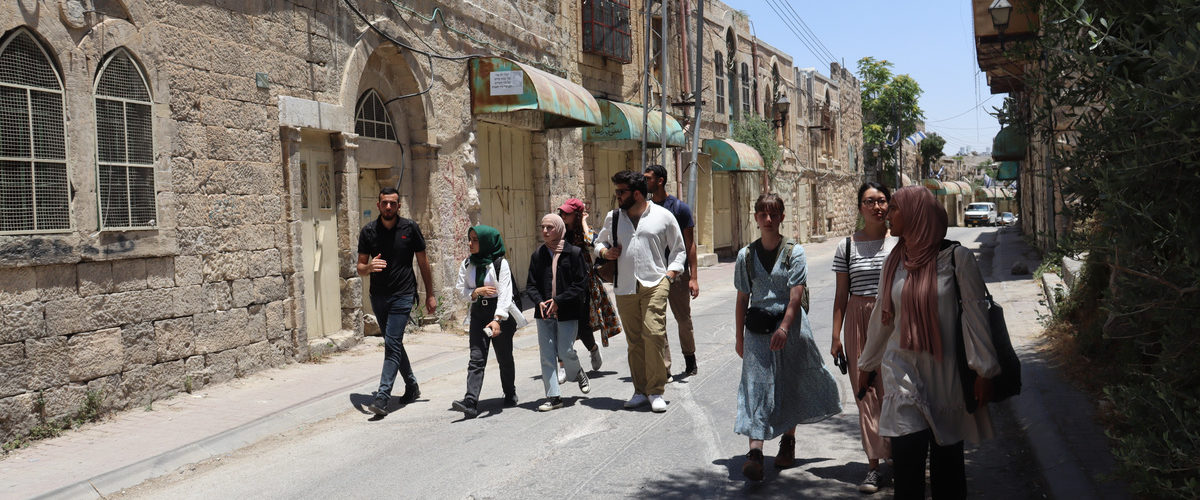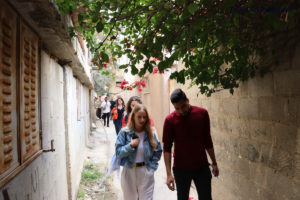Whereas Israelis are not subject to movement restrictions, Palestinians can only travel in limited areas, checkpoints, barriers, and roadblocks. They can only enter Israel in exceptional cases. As a foreigner, you can freely travel everywhere. However, you will likely experience delays when traveling between Israel and Palestine at the checkpoint. It is good to know the situation of the infrastructure in Palestine and how it came about.
Area A
As part of the Oslo Accords of 1993 and 1995, the occupied West Bank was divided into three areas. Area A constituted three percent of the occupied West Bank, which increased to 18 percent by 1999. The Palestinian Authority (PA) controls most civilian affairs and internal security in this area. Therefore, it is against Israeli law for Israelis to travel into this area, and constitutes a ‘ danger’ to the life of Israelis, as red signs beside the road tell you upon approaching Area A.
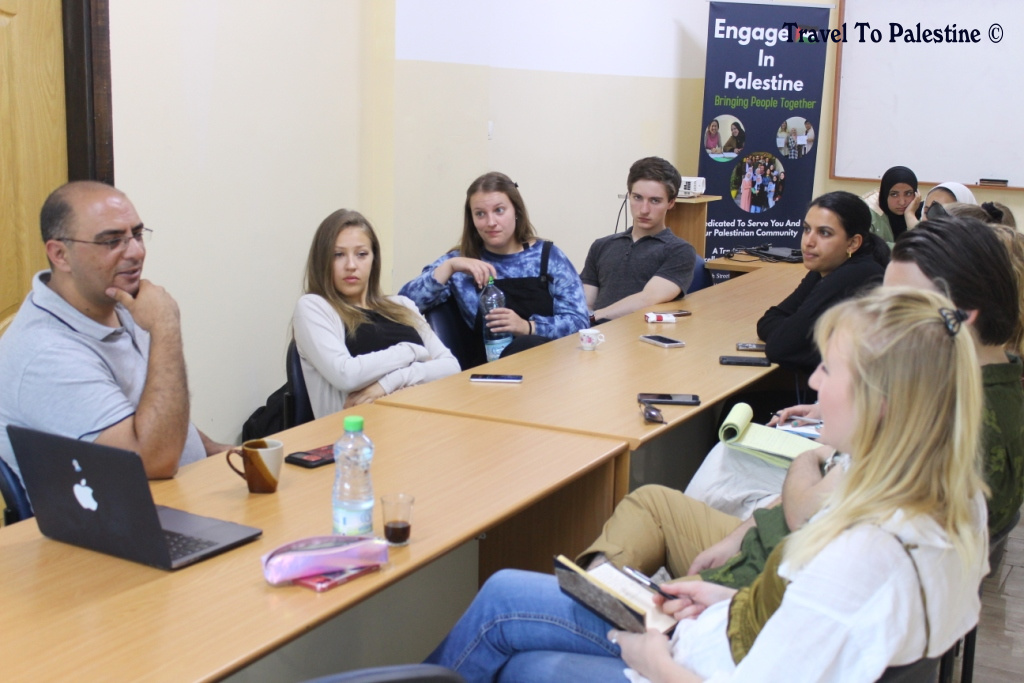
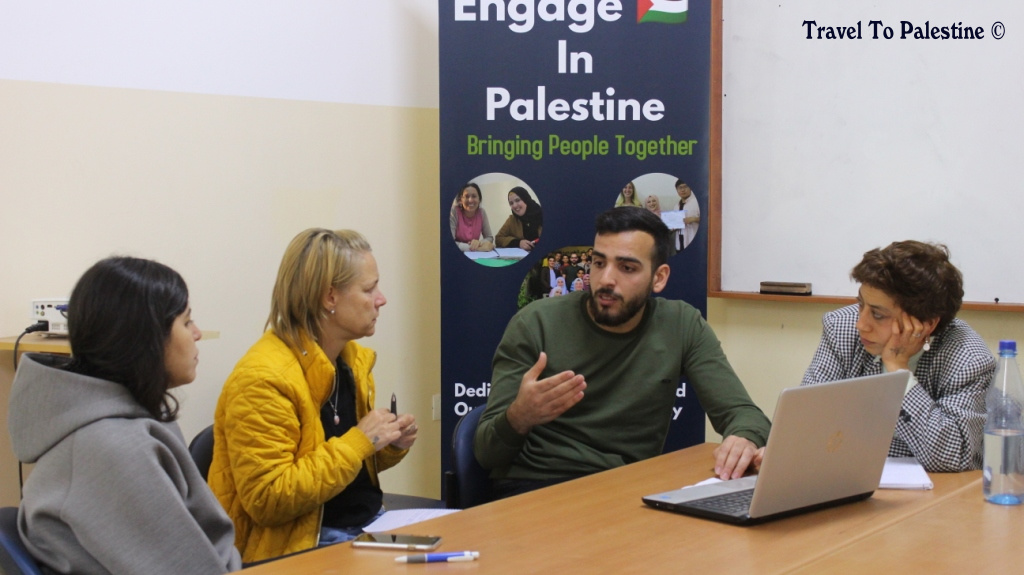
Area B
In Area B, about 21 percent of the occupied West Bank, the PA oversees education, health, and the economy. In Areas A and B, the Israelis hold complete control of external security, meaning they retain the right to enter. They do so often to arrest somebody or to conduct an extrajudicial execution. Even though the PA formally controls the economy in these areas, the lack of ports and airports means all import and exports goes through Israel, thus being subjected to Israeli controls, taxes, and restrictions.
Area C
Area C makes up 60 percent of the occupied West Bank. Under the Oslo Accords, control of this area was promised to be gradually handed over to the PA. Instead, Israel retains total control to this day. The division of the occupied West Bank into three areas was portrayed as a positive step towards peace. In reality, Israel has used it to exert more control over Palestinian lives. Moreover, when it comes to launching raids on Palestinian homes and land, Israel does not distinguish between Area A, B, and C. The occupation is felt everywhere.
Settlements’ Infrastructure in Palestine
Israeli settlements, military training zones, and bypass roads are all contained in Area C. Palestinians living there face increasingly dire conditions. Like Kafr Qaddum, Aqaba, and El-Maleh, Villages in Area C are smothered by Israeli occupation and control. About 150,000 Palestinians live in Area C, where they face severe restrictions on planning, building, and access to natural resources. In addition, more than 300,000 Israeli settlers live in Area C, a clear violation of international law. Illegal Israeli settlements are expanding rapidly on almost every hilltop throughout the occupied West Bank. Especially in Area C – the biggest part of the occupied West Bank.
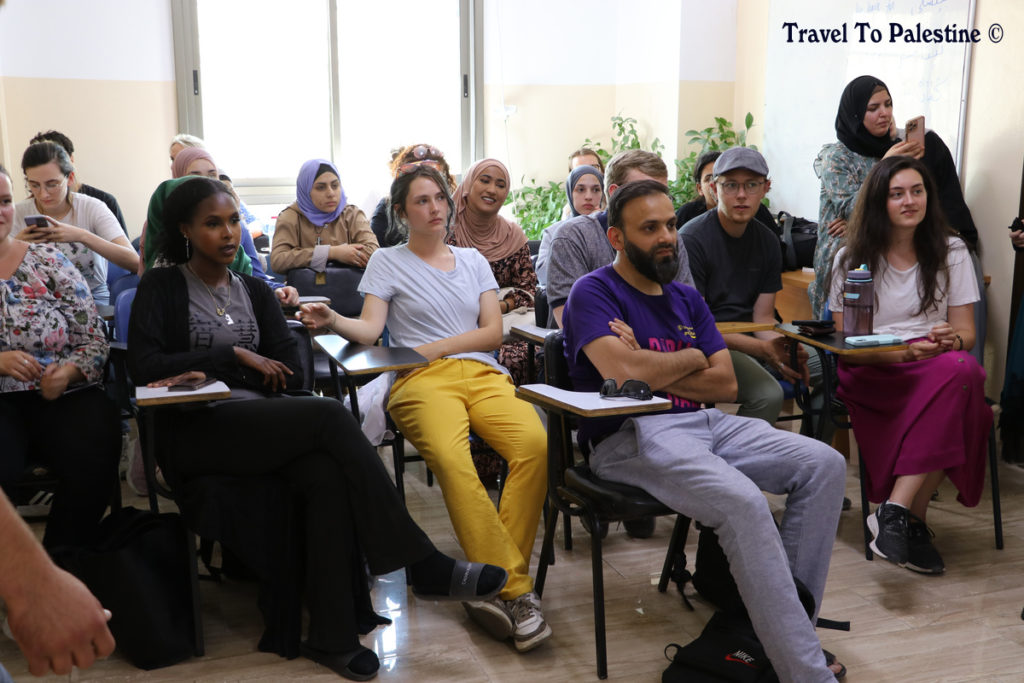
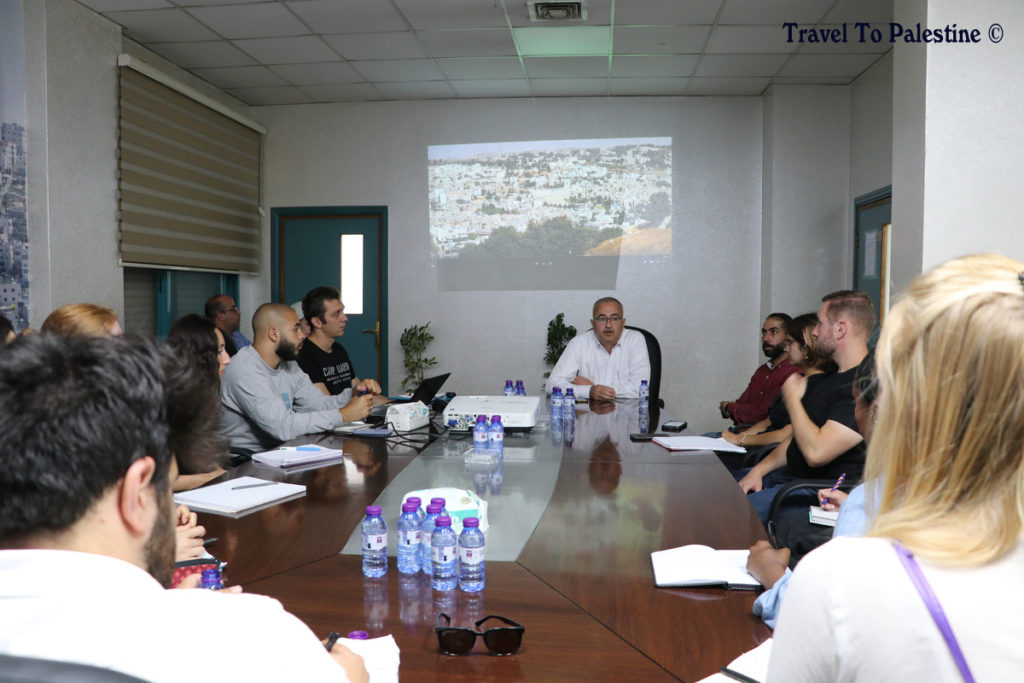
Basic needs
Palestinians living in Area C are trying to resist the demolition of their homes and the confiscation of their lands. However, even the most basic needs, such as access to clean water, are not met. Human rights group Al-Haq estimates that about 300,000 Palestinians in more than 100 communities in the occupied West Bank lack access to clean water. Since Israel occupied the West Bank, East Jerusalem, and the Gaza Strip in 1967, water resources were brought exclusively under Israeli control ever since, Palestinians have been denied access to their share of water and prevented from developing their water infrastructure. Moreover, according to the United Nations Officer for the Coordination of Humanitarian Affairs, the practice of demolishing Palestinian wells and water reserves in the West Bank has intensified in recent years. As a result, permits of any form are nearly impossible to obtain – at least for Palestinians.
Infrastructure in Palestine and the Freedom of Movement
Whereas Israelis are not subject to movement restrictions, Palestinians face many obstacles traveling through the West Bank and Gaza. They are prohibited entry into Israel, except under particular circumstances. Palestinians face over 700 checkpoints, roadblocks, and barriers throughout the West Bank. This includes Israel’s Wall, which is more than 700 km long and was declared illegal by the International Court of Justice. 74% of Palestinian routes within the West Bank are blocked through checkpoints, roadblocks, and barriers. Palestinians require Israeli permission to move between the West Bank, Gaza, and East Jerusalem.
Bypass roads
Palestinians are denied access to certain roads within the West Bank, so-called bypass roads. These roads in the West Bank connect Jewish Israeli settlements and Israel and are reserved for Israeli citizens or residents. These roads were either Palestinian or newly built roads that bypassed Palestinian areas. The amount of bypass roads is increasing.
Infrastructure in Palestine – Permission
Mahmoud, one of the guides at Travel to Palestine, explains what all these obstacles mean for him. ‘You can only enter Israel if you are married, but not anytime and not all of them. For example, if Palestinians have some sort of political issues, or have been arrested or noticed by the Israelis during protests, they will never be allowed to enter occupied Palestine. The rest of the married people can get permission, but they may have to pay a lot of money to enter Israel.
Ironically, anyone around the world can access occupied Palestine except us Palestinians. Even Arabs can enter everything. For me, it is not allowed to be in al-Aqsa Mosque. Sometimes we can go on tours, like visiting the sea. A tourist organization can get permission for many people by paying a lot of money. I paid 400 shekels just to have a tour in Israel. I did it once, went to Akka, Haifa, Jaffa, and the border between Lebanon and Israel. It was very nice because I had never seen these views, we have none of them here.’
A dream
Even when you have permission to go to Israel, it may take hours to enter due to multiple checkpoints. ‘Especially during Ramadan, because many Palestinians go to Jerusalem in that time,’ Mahmoud tells us. ‘Once in my life, I was allowed to go to Jerusalem. It was ten years ago; I was a kid. The permission is only from 10 am to 7 pm, but I spent the night at the al-Aqsa Mosque. It was the 27th night of Ramadan, a very holy night. It was a dream. I will never forget what the Dome and the inside of the mosque look like.’
Foreigners
In contrast to Palestinians, foreigners can travel everywhere in Palestine and Israel, as long as they carry their passport and Israeli visa. They may, however, face delays due to checkpoints and roadblocks. Nevertheless, because foreigners can travel everywhere, they can see the division of Palestine into different areas, visit settlements, and see the difference between Israeli and Palestinian roads, which helps them understand the logic of the occupation. This logic consists of separating Palestinians from Israelis in any possible way and limiting the movement of Palestinians and the area in which they move.
Concluding thoughts
Since the Oslo Accords, occupied Palestine has been divided into Area A, B, and C. Area A (18 percent) falls under the control of the PA. In Area B (21 percent), the PA controls only education, health, and the economy. In both areas, external security is controlled by Israel. Israel contains Area C (60 percent). Traveling within the West Bank, Gaza, and East Jerusalem is obstructed by parts of the infrastructure in Palestine, as there are more than 700 checkpoints, barriers, and roadblocks.
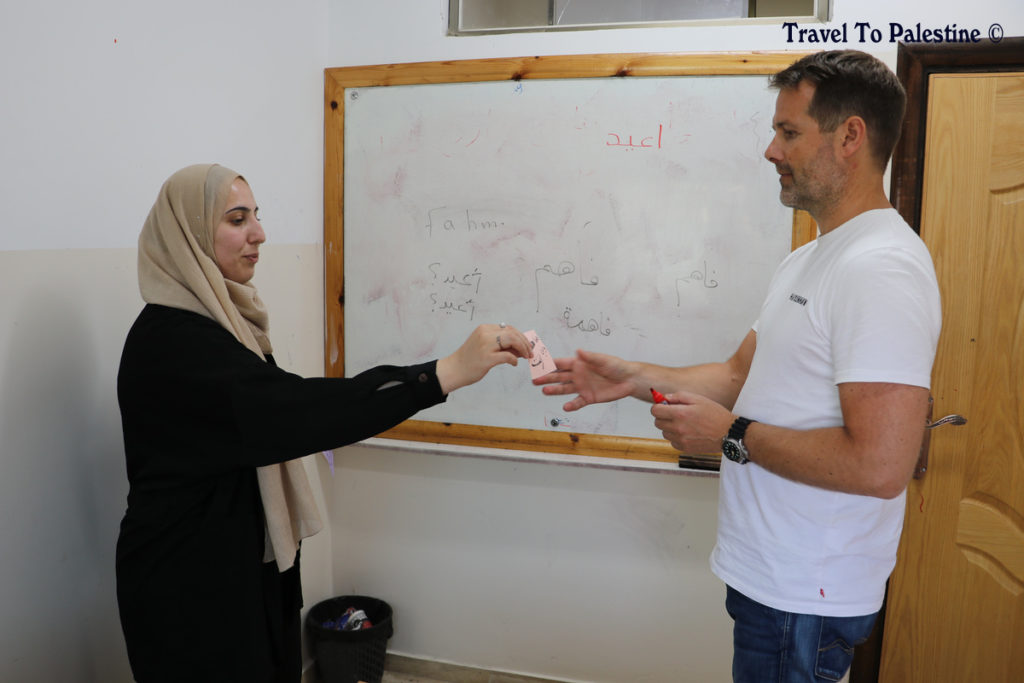
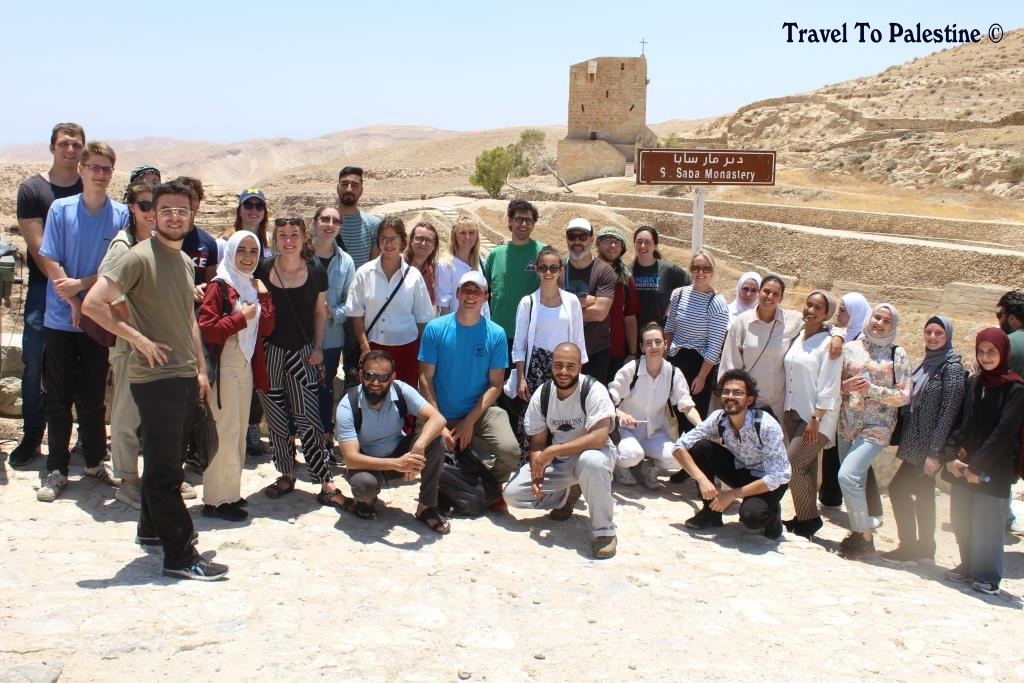
For Palestinians, traveling between these areas requires permission. Permissions are extremely hard to obtain. Within the West Bank, the number of bypass roads – connecting settlements and urban areas in Israel and Israeli-exclusive – is increasing. The Israeli government uses many means to ensure Palestinians and Israelis are separated from each other, and the Palestinian movement is limited. As a foreigner, you can go anywhere in Palestine and Israel if you carry your passport and visa.
Tags: electricity infrastructure in Palestine, housing infrastructure in Palestine, Infrastructure in Palestine, Palestine educational infrastructure, Palestine healthcare infrastructure, Palestine infrastructure development, Palestine internet infrastructure, Palestine public transportation, Palestine road infrastructure, Palestine transportation infrastructure, Palestine urban infrastructure, rural infrastructure in Palestine, telecommunications infrastructure in Palestine, water infrastructure in Palestine
